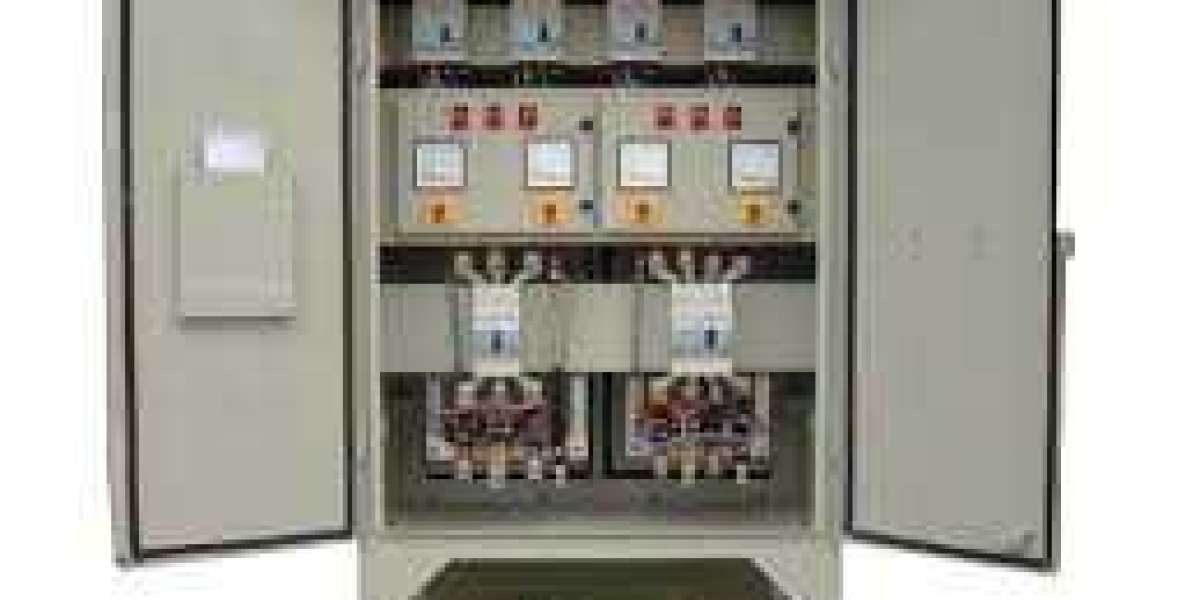A stem cell transplant, commonly referred to as a bone marrow transplant, has proved to be a live-saving procedure for people suffering from some cancers, blood disorders, and immune deficiencies. Bone marrow transplant is a complex procedure in which the damaged or diseased bone marrow of the patient is replaced with healthy bone marrow from a compatible donor.
The Crucial Role of Matching
The most important magical ingredient in making a successful transplant a reality is matching. This is a much more complex phenotype than a simple blood-group matching, because it involves a series of genetic markers termed Human Leukocyte Antigens (HLAs). HLAs is actually these proteins on the surface of most body cells; they probably work like some identification tags that recognize cells as "self" or "nonself" by the immune system.
Why Matching Matters
- If the HLA types of donor and recipient do not match closely, the graft of donor cells can mistake the tissues of the recipient as foreign. This will lead to a severe immune reaction called GVHD, where the immune cells of the donor attack the organs of the recipient.
- Sometimes it also happens that the recipient's immune system destroys the transplanted cells, which leads to failure of the transplant.
- Even under these minor mismatches, it is seen that the transplanted cells do not function with maximum efficiency, posing an increased risk for complications and a return of the primary disease.
Finding a Match
Autologous bone marrow transplant uses the patient's own stored stem cells, while Allogeneic transplant involves stem cells from a compatible donor, like a family member or volunteer.
- Family Members or siblings are generally the most likely candidates for a matching pair.
- If no family matches are available, the search broadens into national and international registries of unrelated donors.
- The umbilical cord blood is a rich source of stem cells and can be an available option for some patients.
The Matching Process
HLA typing has to be done for both donor and recipient for their respective HLA markers. The HLA data will be evaluated by the matching algorithms to identify which best matches. Sometimes other additional compatibility tests will be carried out when preliminary match is identified.
Different donor registries are very important for matching patients with different races; hence their awareness campaigns are very important for increased participation in matching and educating the public on bone marrow donation.
Conclusion
Matching is a critical aspect of successful bone marrow transplantation. By understanding the importance of HLA matching and supporting donor registries, we can increase the availability of life-saving transplants for patients in need.
For more information visit the official site:: https://www.edhacare.com/treatments/organ-transplant/bone-marrow














